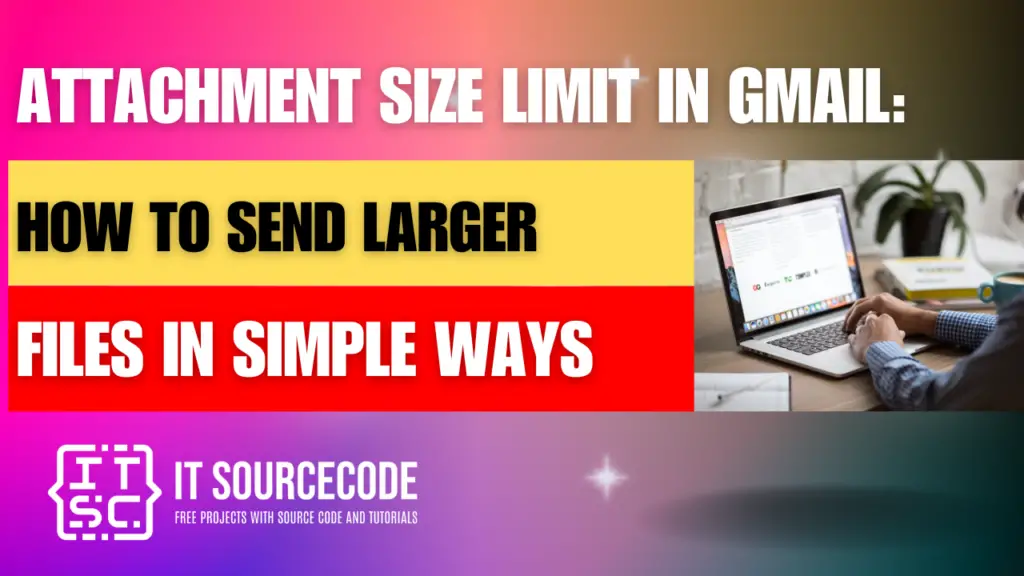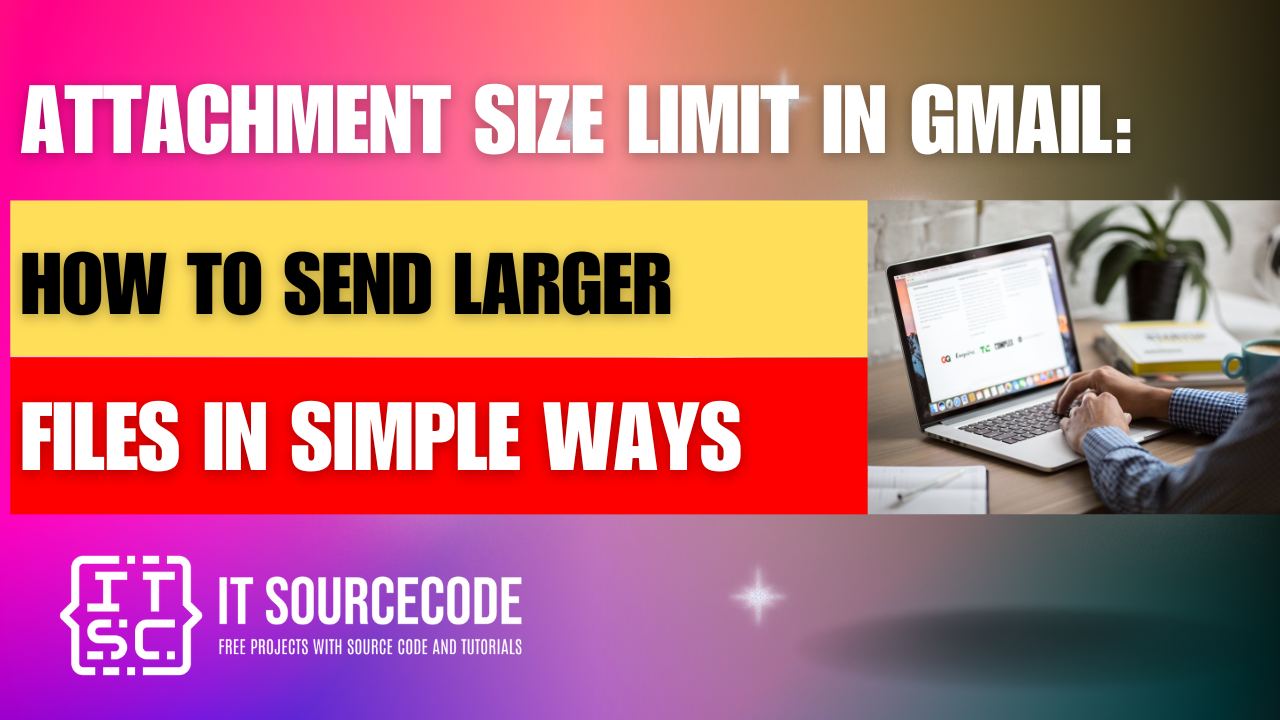ATTACHMENT SIZE LIMIT IN GMAIL – In the realm of email communication, Gmail imposes a file size limit of 25MB, a factor essential to consider when sending attachments.
Beyond this threshold, Gmail seamlessly integrates with Google Drive, offering users a convenient solution by uploading larger files to the cloud and inserting accessible links within emails.

What is the Gmail Attachment Size Limit?
As mentioned earlier, Gmail’s current limit for sending files is 25MB. However, it’s important to note that this size restriction encompasses both the file and its encoded copy, effectively reducing the practical limit to 12.5MB.
If you attempt to send a file exceeding 25MB, you’ll encounter an error code. In such cases, Gmail automatically uploads the files to Google Drive and inserts a link to the Drive file within the email body.
How to Send Larger Files in Gmail? Navigate it in Simple Ways
Solution 1: Use Drive from Google
Time needed: 2 minutes
- Go to Google Drive and enter My Drive.
- Choose either to upload files individually or create a new folder from the dropdown menu.

- Transfer the files you want to your Google Drive.
- Start a new email in Gmail.
- Find the Drive icon at the bottom of the compose window.

- Pick the file or attachment that you want to send in Gmail using the search bar.

- Embed the file as a Drive link, and it will be included in your email as a hyperlink.
Solution 2: Reduce file size by making a compressed archive
- Step 1: Copy and paste portions of your document into fresh files.
- Step 2: Save each of these files in a folder on your computer, ensuring a clear numerical order for sending them correctly later.
- Step 3: Access Gmail and create a new email.
- Step 4: Attach the initial attachment of the document to the first email, the subsequent document in the sequence to the second email, and so forth.
Solution 3: Distribute files over several emails
- Begin by launching File Explorer and locating the documents you wish to transmit.
- Choose or highlight the specific files you want to compress.
- Right-click (for Windows) and opt for “Send to – Compressed (zipped) folder” from the dropdown menu.
- Provide a name for the newly created folder.
- Initiate a new email in Gmail and select the Add attachment icon situated at the bottom of the window.
- Find and open your zipped file.
- Your compressed file is now appended to your email.
Solution 4: Use another service to send
If none of the mentioned options suit your preference, don’t worry. You have the flexibility to explore alternative platforms for file sharing. For example, you can opt for a project management tool like Asana.
Alternatively, you can utilize a dedicated application for storing and sharing large Gmail files or attachments, such as Dropbox, where sharing involves simply emailing a Dropbox link.
Conclusion
In conclusion, understanding Gmail’s file size limitations is crucial, with the effective maximum of 12.5MB when considering encoding.
Exceeding this limit triggers an error, prompting automatic file upload to Google Drive, with a link to the Drive file inserted into the email.
Additionally, alternative methods like using Google Drive for direct Gmail attachment or exploring external platforms such as Asana or Dropbox offer diverse options for efficient file sharing based on individual preferences.







